NASA Astronomy Picture of the Day 16 December 2022: Geminids Meteor Shower lights up the sky
NASA Astronomy Picture of the Day 16 December 2022: Geminids were seen streaking across the night sky on December 13.
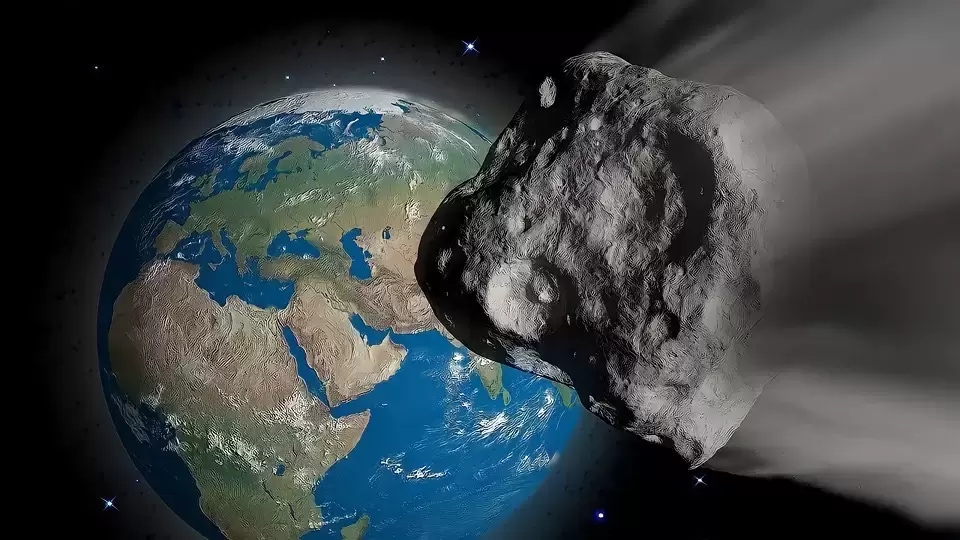
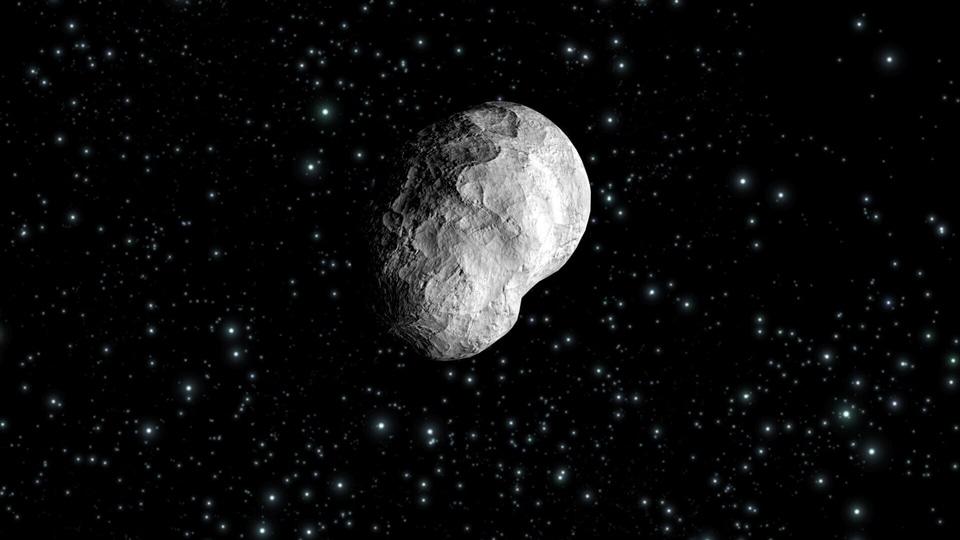
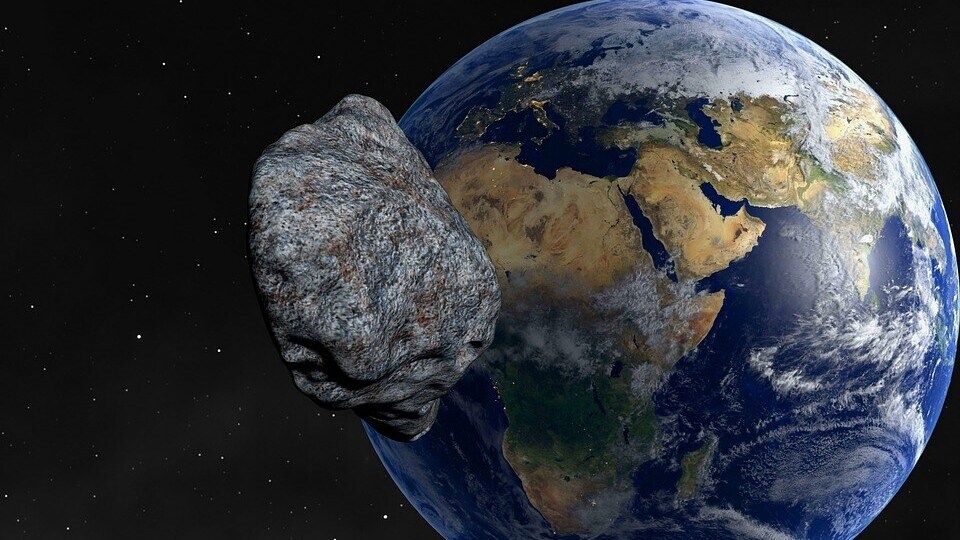
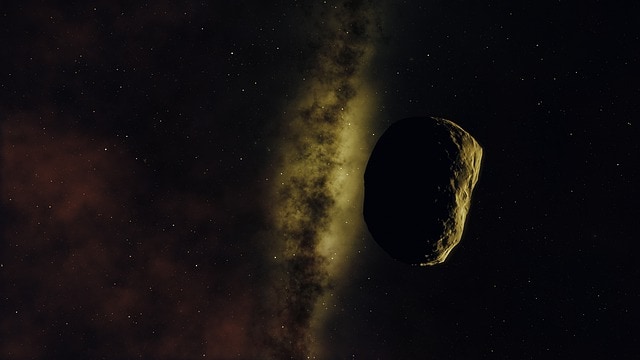

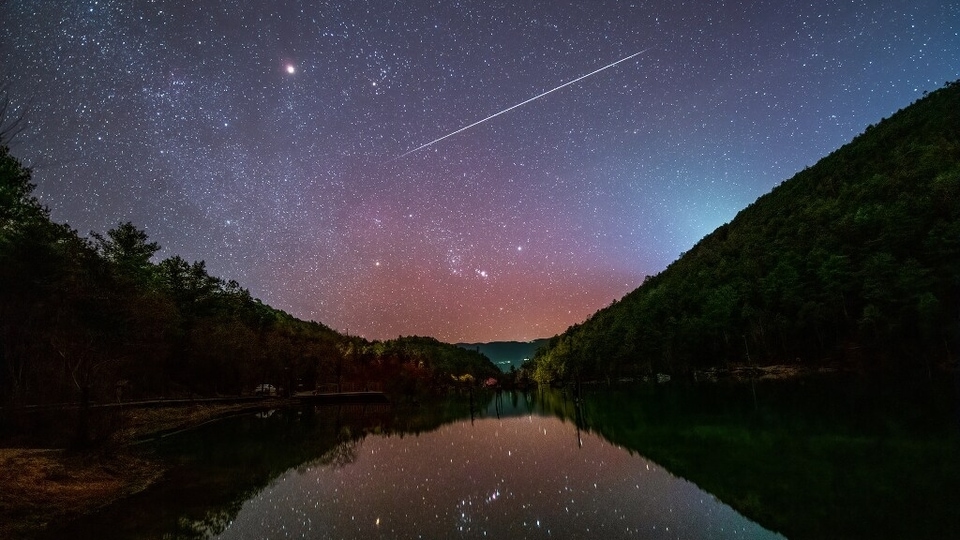
 View all Images
View all ImagesNASA Astronomy Picture of the Day 16 December 2022: The Geminids Meteor Shower was a sight to behold. When the meteors struck across the sky on the night of December 13, the view was spectacular. In case you didn't know, when meteor material falls on Earth, most of it burns up while entering the atmosphere, leaving behind trails of shooting stars. According to NASA, this phenomenon is known as a Meteor Shower. Several meteors per hour can usually be seen on any given night. When there are many meteors, it might mean that you're witnessing a meteor shower. During the recent shower, the Geminids were captured streaking across the sky by astronomers around the world.
Today's NASA Astronomy Picture of the Day is a stunning snapshot of the Geminids Meteor Shower lighting up the night sky on December 13. The image was captured by Jeff Dai, youngest member of The World At Night project (TWAN) and the National Coordinator at Astronomers Without Borders. The World At Night (TWAN) is an international effort to present stunning night photos and timelapse videos of the world's landmarks against celestial attractions.
NASA explained below the image,” Returning from beyond the Moon, on December 11 the Orion spacecraft entered Earth's atmosphere at almost 11 kilometers per second. That's half the speed of the grain of dust that created this long fireball meteor when it entered the atmosphere on December 13, near the peak of the annual Geminid meteor shower. As our fair planet makes its yearly pass through the dust trail of mysterious asteroid 3200 Phaethon, the parallel tracks of all Geminid meteors appear to radiate from a point in the constellation Gemini. But the twin stars of Gemini hide just behind the trees on the left in this night skyscape from the beautiful Blue Moon Valley, Yunnan, China. Reflected in the still waters of the mountain lake, stars of the constellation Orion are rising near center. Captured before moonrise, dazzling Mars is still the brightest celestial beacon in the scene.”
What are the Geminids?
The meteor shower is termed as Geminid Meteor Shower as the meteors appear to originate from the constellation Gemini. The Geminids shower originates from the debris of 3200 Phaethon, an asteroid. Geminids travel 78,000 miles per hour- over 40 times faster than a speeding bullet. But most of the meteors never reach the surface as most of them burn up at altitudes between 45 to 55 miles.
Catch all the Latest Tech News, Mobile News, Laptop News, Gaming news, Wearables News , How To News, also keep up with us on Whatsapp channel,Twitter, Facebook, Google News, and Instagram. For our latest videos, subscribe to our YouTube channel.
































